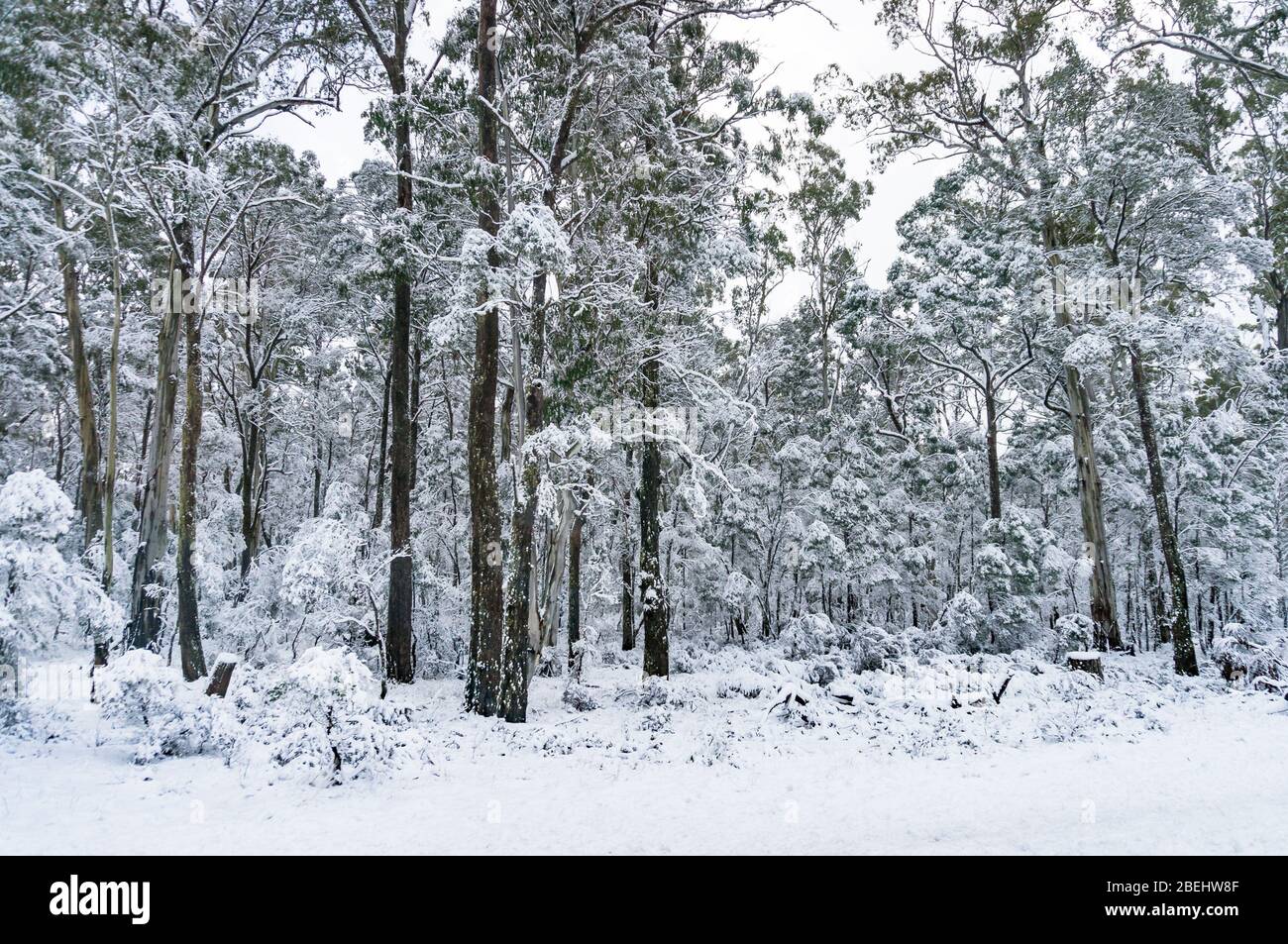Learn How to Get Ready for a Journey to the Snow In Australia with Essential Tips
Learn How to Get Ready for a Journey to the Snow In Australia with Essential Tips
Blog Article
Discover the Interesting Effects of Snow in Australia on Regional Ecosystems
In spite of its track record for sun-soaked landscapes, Australia additionally boasts areas buried by snow-- a sensation that greatly affects the nation's special environments. The insulating properties of snows safeguard vegetation and animals in the middle of the chilliest winters months, while the melting snow nurtures rivers and marine life. The actual wonder lies in just how these chilly problems form the country's biodiversity and nutrient cycles. As we unwind this intricate relationship, we discover ourselves stepping on unexplored grounds in Australia's high country.
The Unanticipated Areas of Snowfall in Australia
Although Australia is frequently related to sun-scorched landscapes and sandy beaches, certain regions surprisingly experience snowfall. The high country areas of New South Wales, Victoria, and Tasmania are especially recognized for their winter months snow. The Snowy Mountains in NSW, for instance, get plentiful seasonal snow, supplying a raw comparison to the nation's normal hot, arid climate. At the same time, the Victorian Alps and components of Tasmania also see annual snowfalls, transforming the landscape into a winter months paradise. These locations are not simply abnormalities yet essential parts of Australia's diverse environment system. The visibility of snow in these regions significantly influences local communities, subsequently influencing the nation's special biodiversity. The certain effect on Australia's distinct plants will be reviewed in the following area.

How Snow Impacts Australia's Special Plants
While it might seem unusual, snowfall in Australia plays a critical role fit the nation's unique flora. The snow-filled winter seasons foster durability in Australian plant species. This is specifically noticeable in the sub-alpine and towering areas, where snow gum tissues and mountain plum-pines grow. These plants have actually progressed to make it through in severe problems, with snow working as a safety covering from freezing temperature levels and harsh winds. The snow additionally adds to the moisture material of the soil, offering essential hydration for plant throughout the dry summertime months. Basically, the snow influences the timing of blooming and seed dispersal, the development prices, and the survival of numerous plant varieties, showcasing the complex interaction between climate and vegetation in Australia.

The Adjustments of Australian Fauna to Snowfall
Equally as Australia's flora has adapted to the wintery conditions, the regional animals also, display remarkable adaptations to the snowfall. Types like the Mountain Pygmy-possum, the only Australian marsupial recognized to hibernate, have actually progressed approaches to endure in snowy atmospheres. It makes use of the snow as insulation, hibernating in rock crevices under the snow to stay warm. In a similar way, the Snow Skink, a types of reptile, alters its colour to white throughout wintertime, providing camouflage versus predators. Birds such as the Snowy Hills' Crimson Rosella also readjust their diets to eat available food sources during colder durations. Therefore, regardless of the harsh problems, Australian animals demonstrates a flexible and durable nature, guaranteeing their survival in areas experiencing snowfall.
The Duty of Snow fit Neighborhood Environments
In shaping the neighborhood ecosystems, the duty of snow in Australia is both extensive and multilayered. Snow offers a crucial water resource, feeding rivers and reservoirs as it melts, hence supporting a variety of aquatic life types. The presence of snow forms the plants patterns, pet actions, and general sustainability of Australia's unique ecological communities.

The Future of Snowfall in Australia: Ramifications and forecasts

Offered the essential function snow plays fit regional ecosystems, the future of snowfall in Australia is drawing boosting interest from environmentalists and scientists. Present climate versions predict a significant decline in snowfall because of worldwide warming, with potentially profound effect news on regional communities. Much less snow can cause reduced water accessibility in towering regions, adversely affecting wild animals environments and plant. It can modify the timing of seasonal adjustments, disrupting the life cycles of many native varieties. The tourist sector, heavily reliant on the winter snow period, may additionally encounter substantial obstacles. As a result, understanding these predictions and their ramifications is crucial to establish effective conservation techniques, ensuring the preservation of Australia's distinct biodiversity and the sustainability of its economy.
Verdict
The duty of snow in Australia's ecosystems is pivotal yet usually forgotten. It functions as a guard, a nurturer, and a shaper of diverse towering species, contributing to the splendor of Australia's high nation. As climatic patterns remain to move, understanding the effects and possible improvements of these snow-influenced ecological communities is vital. Hence, the snow in Australia is greater than an all-natural phenomenon; it's an essential player in the nation's environmental narrative.
Regardless of its reputation for sun-soaked landscapes, Australia also boasts regions blanketed view website by snow-- a sensation that greatly affects the country's one-of-a-kind ecosystems. It uses the snow as insulation, hibernating in rock gaps underneath the snow to remain cozy - Does Australia Get Snow.In forming the regional ecological communities, the duty of snow in Australia is both multilayered and extensive. The visibility of snow forms the greenery patterns, animal habits, and general sustainability of Australia's one-of-a-kind environments
Offered the critical duty snow plays in forming local ecosystems, Clicking Here the future of snowfall in Australia is attracting increasing focus from environmentalists and researchers.
Report this page